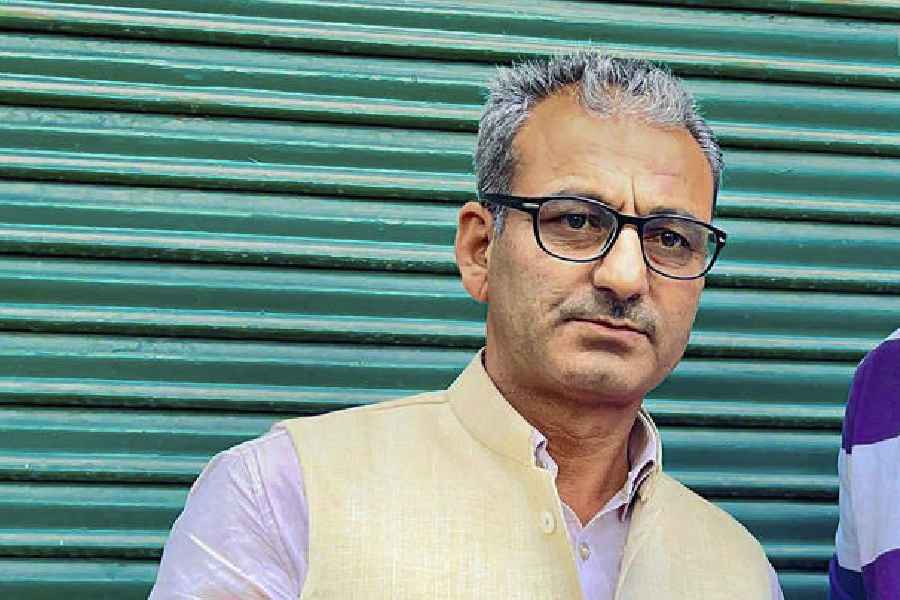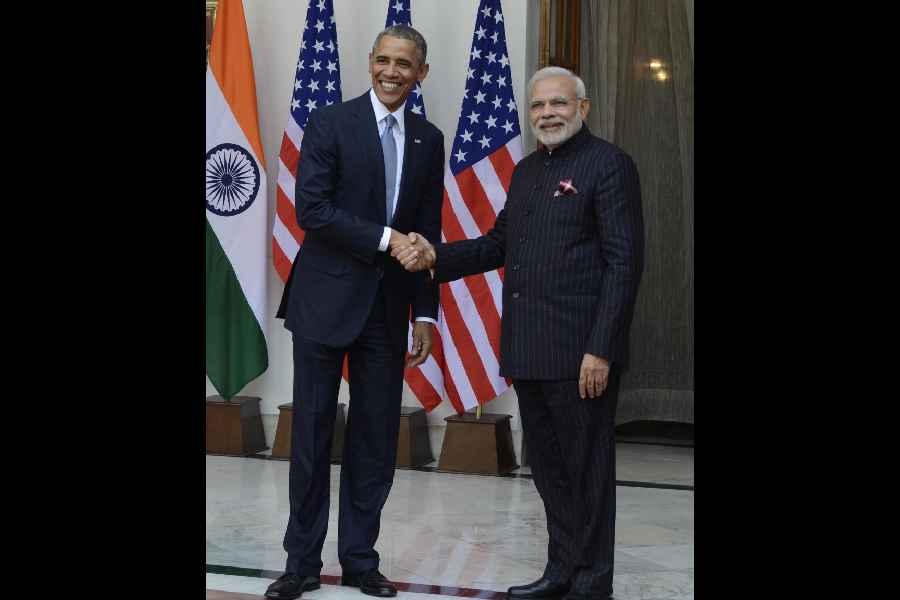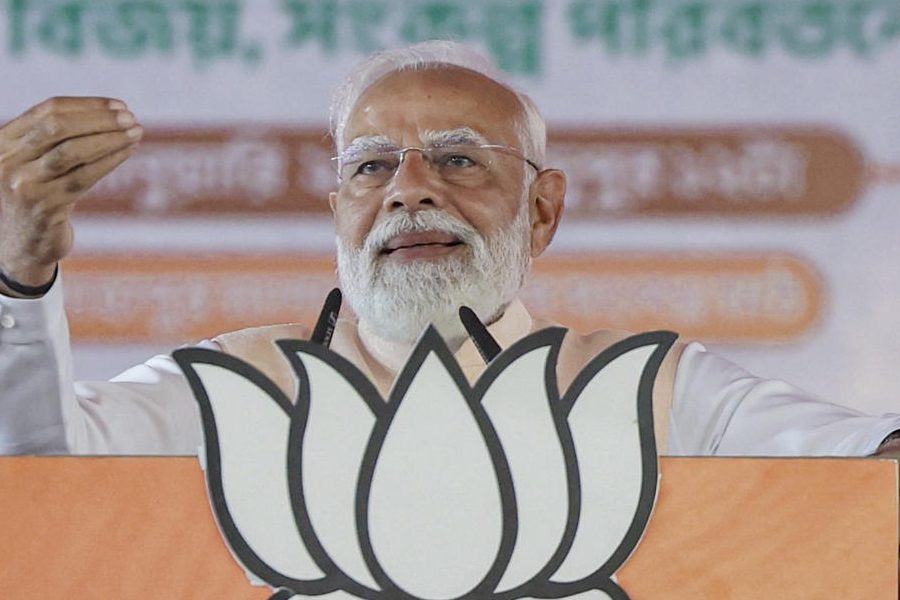The University Grants Commission has “advised” all universities and colleges to have their students perform the Surya Namaskar as part of the 75-year celebrations of India’s independence. The stated goal is to achieve the performance of “75 crore” Surya Namaskars.
The Surya Namaskar is a sequence of several yoga poses and, as a salutation to the Sun, may be construed as a Hindu ritual.
Some academics suggested the advisory ran counter to campus freedom and could hurt sensitivities, arguing the institutions and students should be left to decide individually how they wished to observe the occasion.
While the UGC’s “requests” — there have been many in the past few years — are not legally binding, universities have tended to comply since the higher education regulator controls funding.
UGC secretary Rajnish Jain has written to the vice-chancellors of the country’s 1,000-plus universities and the principals of its 40,000-odd colleges to participate in the “75 Crore Surya Namaskar Project”, to be conducted in January and February.
The letter, and a separate page annexed to it, are vague and sometimes contradictory over details.
Jain’s letter says the project aims to achieve the performance of 75 crore Surya Namaskars by 3 lakh students from 30,000 colleges and universities (India has 3.5 crore higher-education students).
It requests institutions “to participate in the event from 1st January, 2022 to 7th February, 2022”, and to promote it through their websites, notice boards and pamphlets.
However, the annexe pushes the deadline back by 13 days, saying: “By each participant-individual or part of an organisation, 12 poses of Surya Namaskar Yogasana must be performed — 13 times every day — for 21 days (any days) within the duration of 51 days, starting from 01-Jan-22 to 20-Feb-22.”
If each student performs the exercise 13x21 or 273 times, it will take almost 27.5 lakh students — rather than just 3 lakh — to complete 75 crore Surya Namaskars.
It appears that the students can do the exercise individually or as part of college groups, and no venues have been mentioned. The annexe asks that a one-minute video be taken of the performance on each of the 21 days but is silent where these have to be sent.
The annexe says that individual students and institutions can register on the website https://www.75suryanamaskar.com before participation.
Rajen Harshe, former Allahabad University vice-chancellor, said: “The UGC’s role is to observe, maintain and regulate academic standards, not issue instructions on how to celebrate a particular occasion.”
He said UGC diktats lead to centralisation and homogenisation, which runs counter to academic freedom and the ethos of higher education.
“What made the UGC prescribe the Surya Namaskar and not some other thing?” he asked.
Rajesh Jha, a Delhi University teacher, said: “The state and its agencies should steer clear of issues that may affect the sensitivities of some students.”
Former NCERT director J.S. Rajput castigated critics of the UGC move.
“Objections citing it as a threat to secularism are on expected lines from groups well-known to everyone. It’s pure ignorance to say yoga is related to Hinduism. If it was, the UN with the support of 175 countries would not have adopted an International Day of Yoga,” he said.
Rajput said his understanding was that the letter only made a suggestion and could therefore not be considered an attack on campus autonomy.
An email sent to Jain seeking his response to criticism of the advisory has remained unanswered.
The UGC has in recent years asked universities to observe occasions close to the ruling establishment’s heart, such as a Surgical Strike Day, Army Day, and a Yoga Day, and to set up a Wall of Martyrs on campus with pictures of posthumous gallantry award winners.












